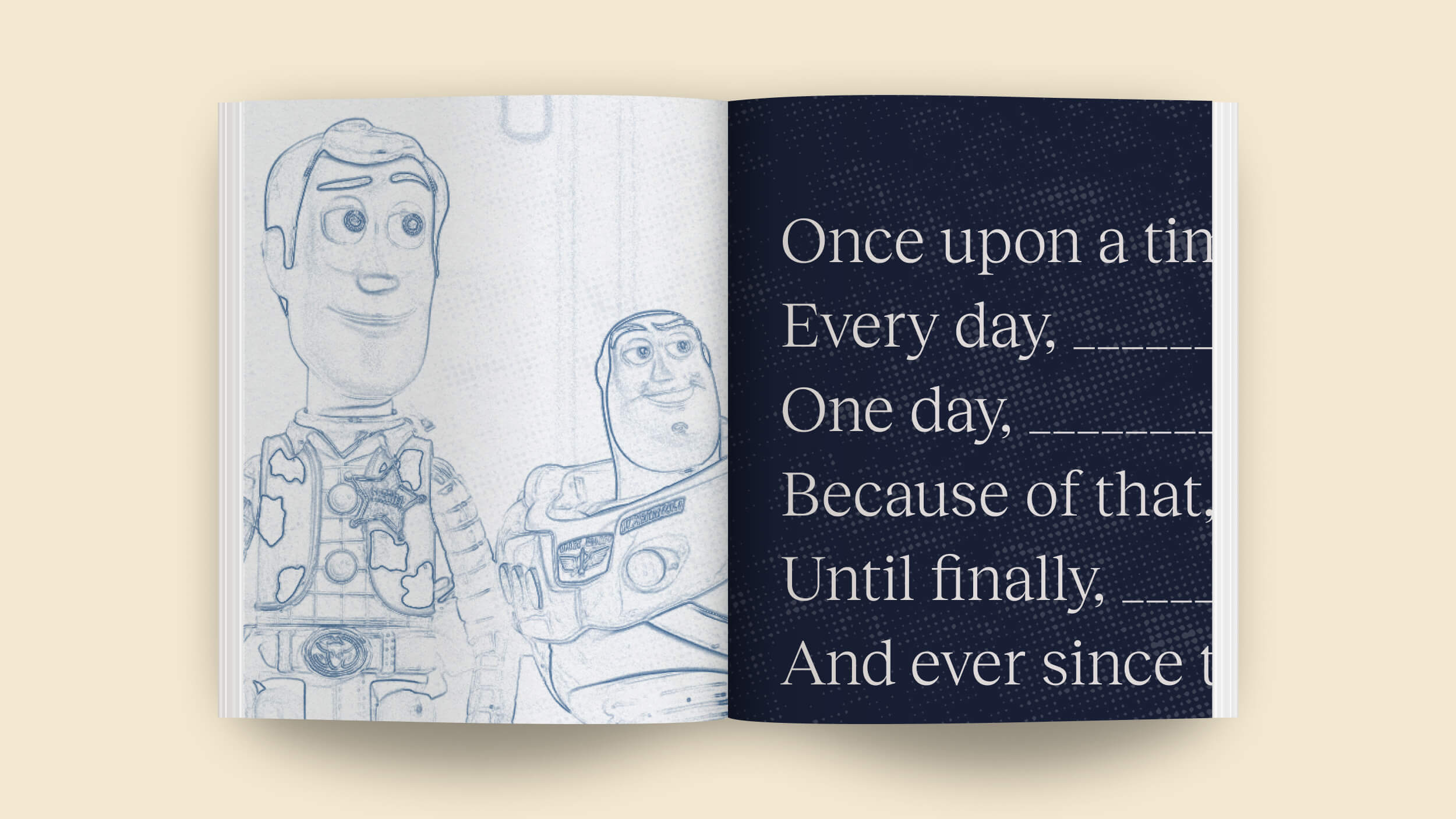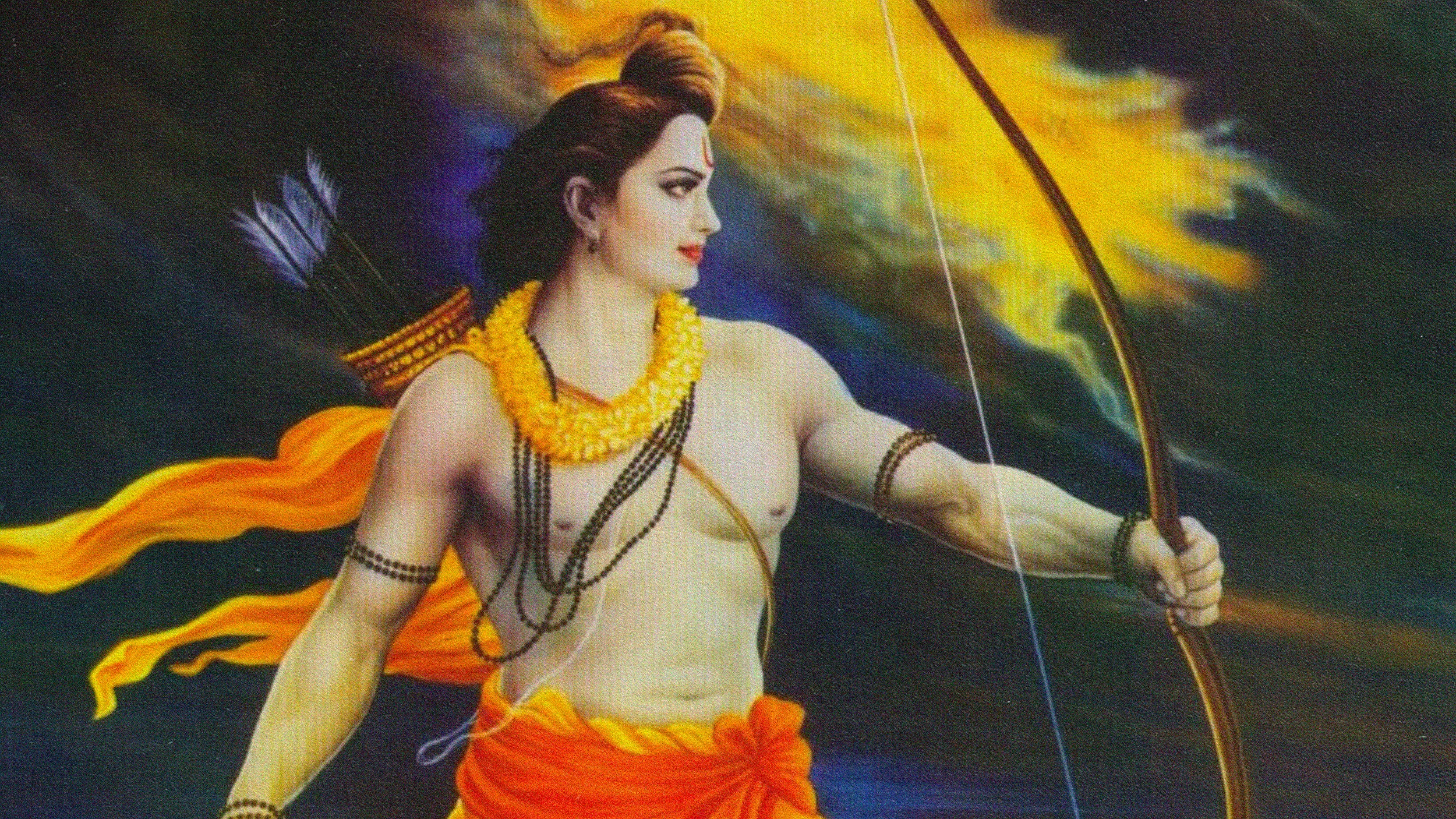Humans do not experience life as a linear narrative, but storytellers from journalists to script writers typically tell us stories that way. 3D virtual reality is an opportunity to live stories the way we live life.
Ralph Rivera: The first wave of digital is going by where people have essentially been focused on digitizing what they already had. So you have newspapers online and radio online and TV online. And a lot of people first thought well, that’s it. And now they realize that’s just the first part. And now it means starting to do things online that you otherwise would not be able to do offline. And that’s what a lot of companies are discovering now. The ones that are the incumbents in the offline world are just starting to discover that that’s just the first part of being online is being digital. And now we’re getting into the piece where it’s about being connected. Being connected in a way that you otherwise wouldn’t be able to be connected. Being able to connect to individual people. So in media connecting with the people formerly known as the audience. But you can take that into education and you can connect with the people formerly known as students. Or you can connect with the people formerly known as patients because the technology exists now to be able to engage with individuals and also get the massive amounts of data that come from that. So that’s a significant shift that’s occurring right now.
Some of the immersive video, 360 video experience that we’ve done have been of Syrian refugee camps so that you get more of a visceral feeling for what that feels like, what it looks like by being able – and by the way it’s not just the video.
The sound being able to get 360 sound so that when you turn your head you hear things in a different way. So that experience has to come together. And that is much richer, has much more information packed in it which gives you more context for the story, right. Now let’s not forget that whether it’s straight linear video or VR oftentimes you’re still trying to tell a story. It isn’t just visiting the Grand Canyon and being in your living room but you’re in the Grand Canyon and you’re looking around. That’s not a particular story. But when you’re doing journalism about hey what does life in a refugee look like. There’s a narrative there. There’s a story. And so being able to immerse yourself adds more texture, more richness to that experience. But still you have to do it in such a way that it doesn’t detract from being able to pick up the story. And that’s where I think this is tricky because I think that the technology is ahead of the storytelling around it.
Because I think storytellers still feel more comfortable in tight linear narrative, right. They’ve already written a script and they’re just out there to shoot things according to the script, right. Versus being able to open that up and then how do you do that while maintaining the storylines that you want to provide. People are still figuring that out. The example I give to folks is like when Grand Theft Auto came out, you know, as a video game. And it wasn’t just a set of missions that you progress through but they created a world and you can roam freely throughout the world and that world was then loosely coupled to these missions. So sometimes you were just roaming around experiencing what that was about and then you’d go back into mission progression mode, then you’d jump out. And I actually think that’s the way that we operate. You know we’re not always in transactional mode. We’re transacting, we’re progressing and then we’re experiencing everything around us. And I think that’s what VR, 360 video gives us the opportunity to do.





